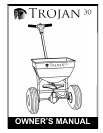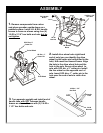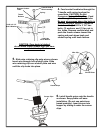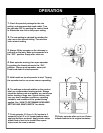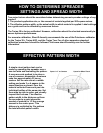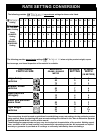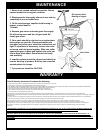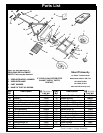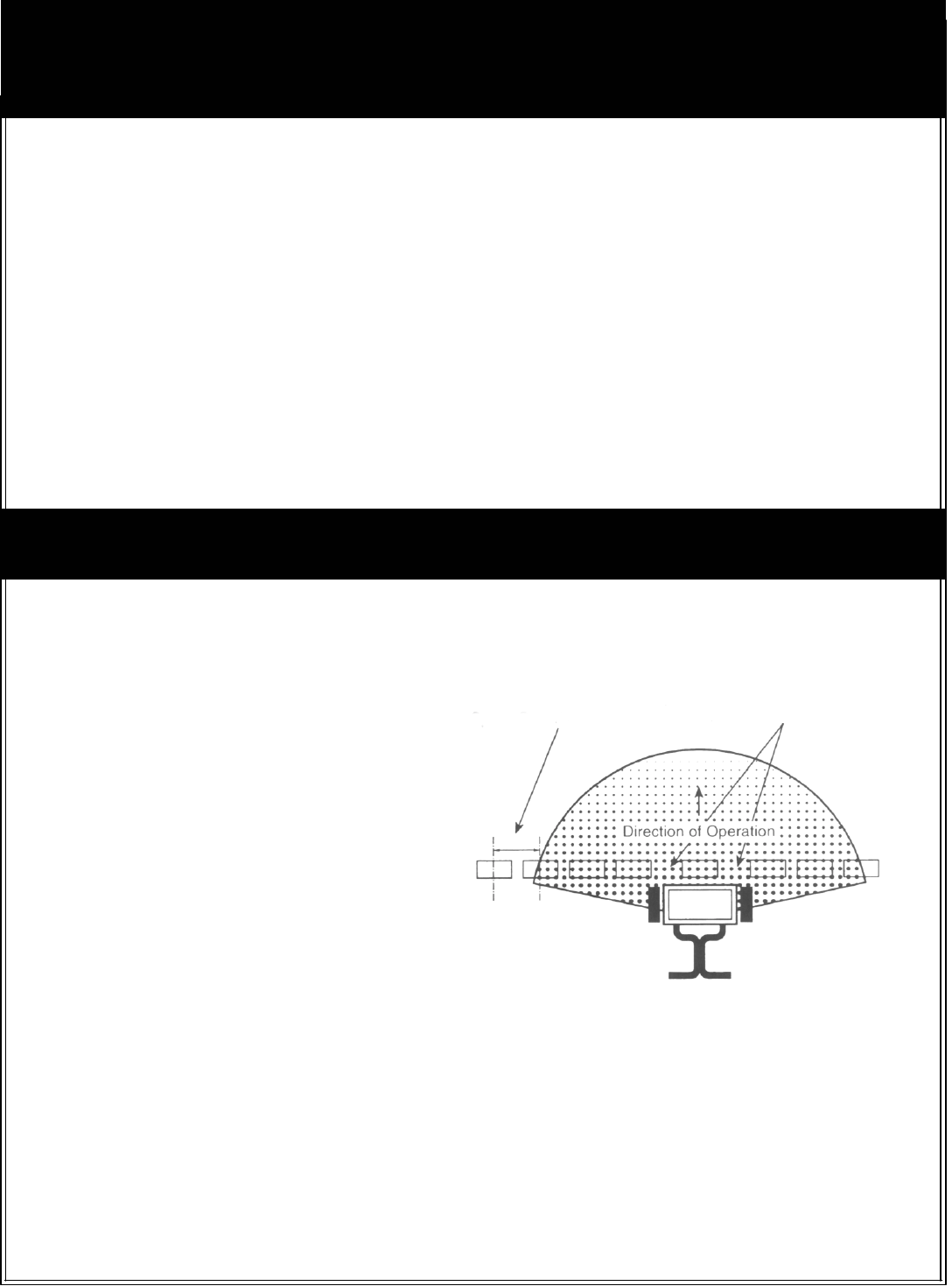
A simple visual pattern test can be
made by operating the spreader over a
non-turf area and evaluating the pattern.
A more accurate method is to place a
row of common, disposable, aluminum
cake tins approximately 30 cm on
centres. Set the rate cam at a middle
setting and make 3 or 4 passes in the
same direction as shown. Pour the
material collected from each pan into
individual bottles of the same size. Set
them side by side in order, and visually
inspect their volume. The effective
pattern width is the distance out from
the spreader to a point where the
amount of material is 1/2 the average
amount in the center pans. This
distance is multiplied by 2 to achieve
the total effective pattern width.
HOW TO DETERMINE SPREADER
SETTINGS AND SPREAD WIDTH
Two major factors should be considered when determining correct spreader settings of any
product:
1. The product application rate, or the amount of material applied per 500 square metres.
2. The effective pattern width, or the actual width in which material is applied. Label settings
are a guide and can be affected by numerous factors.
The Trojan 30 is factory calibrated. However, calibration should be checked occasionally to
assure optimum performance.
For accurate calibration, Sherriff Amenity recommends the use of the Prizelawn® calibrator
for the Trojan 30+, Trojan HVO, and the Trojan Tow. For all other spreaders standard
calibration procedures should be followed. Visit www.sherriff-amenity.com for further
information.
EFFECTIVE PATTERN WIDTH
Space 1’-0” on Centres Space for Wheel Track



